When considering the effectiveness of mole removal in reducing skin cancer risk, you should first understand the types of moles that pose a threat. Spotting suspicious moles early and opting for procedures like excisional surgery can indeed lower potential risks. However, you might wonder if these methods are foolproof and what role accurate diagnosis plays in the overall strategy. Are there more preventive measures you could take beyond just removing moles?
Key Takeaways
– Mole removal is highly effective when suspicious moles are accurately diagnosed and excised early.
– Excisional and Mohs surgeries offer precise removal, minimising the risk of cancerous cells remaining.
– Regular follow-up dermatologic check-ups post-removal are crucial for monitoring and reducing skin cancer risk.
– ABCDE criteria and biopsy confirmation prior to removal ensure the identification of high-risk moles.
– Early intervention through mole removal significantly reduces the likelihood of moles progressing to skin cancer.
Understanding Moles
Although moles are a common dermatologic occurrence, understanding their characteristics is essential for effective monitoring and management. Moles, or nevi, typically present as small, pigmented lesions on the skin. Their characteristics include symmetry, uniform colour, distinct borders, and a diameter usually less than 6mm. However, any deviation from these traits warrants closer attention.
When it comes to mole monitoring, you should perform regular self-examinations using the ABCDE criteria: Asymmetry, Border irregularity, Color variation, Diameter over 6mm, and Evolving shape or size. This evidence-based approach helps you identify atypical moles that might require professional evaluation.
Dermatologists often recommend photographic documentation for mole monitoring, especially if you have numerous moles or a history of atypical nevi. High-resolution images can serve as a baseline, allowing you and your healthcare provider to track any changes over time.
If you notice any new symptoms such as itching, bleeding, or rapid growth, seek medical advice immediately.
Types of Skin Cancer
Spotting atypical moles early is important, as they can sometimes be precursors to more severe skin conditions.
Among the various types of skin cancer, understanding the differences is essential for effective prevention and treatment. The most dangerous form is melanoma. There are several melanoma types, including superficial spreading melanoma, which is the most common and often appears as a flat or slightly raised discoloured patch with irregular borders.
Another type, nodular melanoma, presents as a rapidly growing bump that can be black, blue, or red.
Basal cell carcinoma (BCC) is the most common skin cancer but also the least aggressive. BCCs often manifest as pearly or waxy bumps, usually on sun-exposed areas like the face or neck. They rarely metastasize but can cause significant local damage if left untreated.
Squamous cell carcinoma (SCC) is another prevalent skin cancer, often arising from prolonged sun exposure. SCCs appear as rough, scaly patches or nodules that can become crusted or bleed.
The Procedure of Mole Removal
Mole removal, an important dermatological procedure, involves excising suspicious or bothersome moles to prevent potential malignancies and improve skin health.
To begin, your dermatologist will evaluate the mole using dermatoscopy to determine the best approach. Several surgical techniques are employed based on the mole’s characteristics and location.
For superficial moles, shave excision is a common method. Here, the dermatologist uses a scalpel to shave the mole flush with your skin.
For deeper or potentially malignant moles, an elliptical excision might be used. This involves cutting around the mole and removing a margin of healthy tissue to guarantee complete excision.
Occasionally, a punch biopsy, which uses a circular blade to remove a cylindrical core of skin, is utilised for smaller moles.
Post-procedure, the healing process is vital. Your dermatologist will likely provide specific wound care instructions to minimise infection risk and promote ideal healing.
Typically, the area will heal within one to two weeks, though it may take longer depending on the mole’s size and depth.
Follow-up appointments guarantee proper healing and evaluate if further treatment is necessary. Adhering to these guidelines will help maintain skin integrity and reduce complications.
Effectiveness of Mole Removal
The effectiveness of mole removal hinges on several key factors, including the accuracy of the initial diagnosis and the chosen surgical technique.
First, identifying mole characteristics is vital. Dermatologists often use the ABCDE criteria—Asymmetry, Border irregularity, Color variation, Diameter over 6mm, and Evolving shape—to assess malignancy risk. A biopsy, if warranted, confirms whether a mole is benign or malignant. This step guarantees that only moles with suspicious characteristics are targeted for removal, minimising unnecessary procedures.
Once a mole is identified for removal, the surgical technique plays a notable role. Methods like excisional surgery or Mohs surgery offer high precision and efficacy. Excisional surgery involves removing the mole along with a margin of healthy skin, which is particularly effective for potentially malignant moles.
Mohs surgery, often reserved for confirmed skin cancers, allows for layer-by-layer removal and immediate microscopic examination, guaranteeing complete excision while sparing healthy tissue.
Post-removal skin monitoring is essential for long-term effectiveness. Regular dermatologic check-ups help identify new moles or changes in existing ones, providing an ongoing defence against skin cancer.
Alternatives to Mole Removal
While surgical removal of moles remains a highly effective method, various non-surgical alternatives also warrant consideration, particularly for benign moles or patients seeking less invasive options.
Here are some evidence-based alternatives you might explore:
- Topical Treatments: Prescription creams containing imiquimod or fluorouracil can be applied to the mole under medical supervision. These agents work by stimulating the immune system to target abnormal cells.
- Cryotherapy: This method involves freezing the mole with liquid nitrogen, causing the abnormal tissue to die and eventually fall off. It’s less invasive than surgical removal and can be effective for superficial moles.
- Laser Therapy: Using concentrated light, laser therapy targets pigmented cells in the mole. It’s particularly beneficial for flat moles and those in cosmetically sensitive areas.
- Home Remedies and Monitoring: While home remedies like apple cider vinegar or garlic are commonly touted, evidence supporting their efficacy is limited and may pose risks of skin irritation.
Instead, regular skin monitoring using dermatoscopes or smartphone apps can help you track changes in moles, allowing for timely medical intervention.
Consult a dermatologist to determine the most appropriate method for your specific case, keeping in mind that professional guidance is essential for best outcomes.
Frequently Asked Questions
What Should I Do if a Removed Mole Grows Back?
If a removed mole grows back, you should consult a dermatologist immediately. Mole regrowth causes can include incomplete excision. Advanced mole removal methods, like excision with clear margins, are essential to prevent recurrence and guarantee thorough analysis.
Are There Any Long-Term Side Effects of Mole Removal?
When moles are removed, you might experience scarring concerns and psychological effects. Long-term side effects can include keloid formation or pigmentation changes. However, most procedures are safe and complications are relatively rare. Always consult your dermatologist.
How Often Should I Get My Skin Checked After Mole Removal?
For post-removal monitoring, you should follow dermatologist recommendations and get your skin checked every 6 to 12 months. Regular screenings guarantee early detection of potential issues, enhancing overall skin health and cancer prevention.
Is Mole Removal Covered by Insurance?
Have you ever wondered if insurance policies cover mole removal? Most insurance plans do offer coverage, but coverage limits depend on whether the procedure is deemed medically necessary or cosmetic. Always check your specific policy details.
Can Mole Removal Be Done at Home Safely?
You shouldn’t attempt mole removal at home using home remedies. Safe techniques require clinical supervision to minimise infection, scarring, and guarantee thorough removal. Evidence-based methods by dermatologists are recommended for safety and effectiveness.
Conclusion
To summarise, mole removal is a highly effective measure in reducing skin cancer risk, especially when suspicious moles are identified early. By following the ABCDE criteria and undergoing procedures like excision or Mohs surgery, you can greatly mitigate potential malignancy. Don’t underestimate the value of regular follow-ups and diligent skin monitoring; they’re your best defence in catching any new or changing lesions early. Remember, proactive skin care today can safeguard your health tomorrow.




